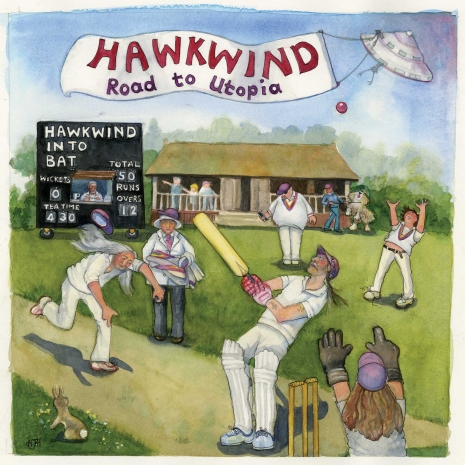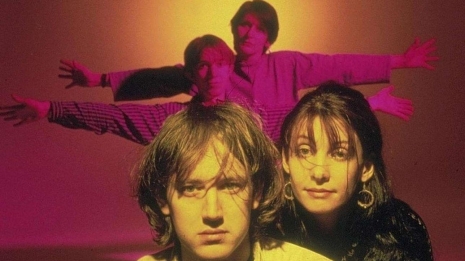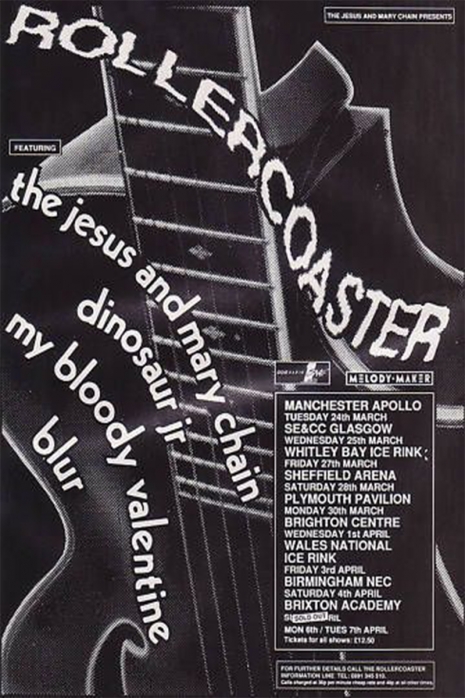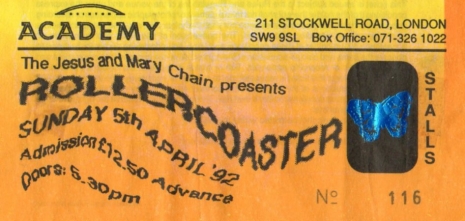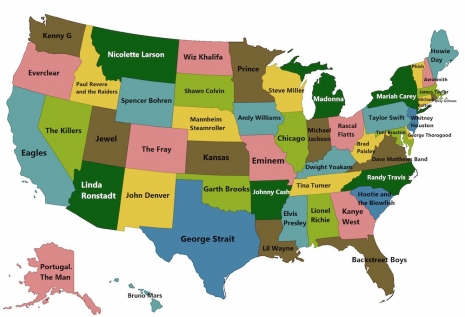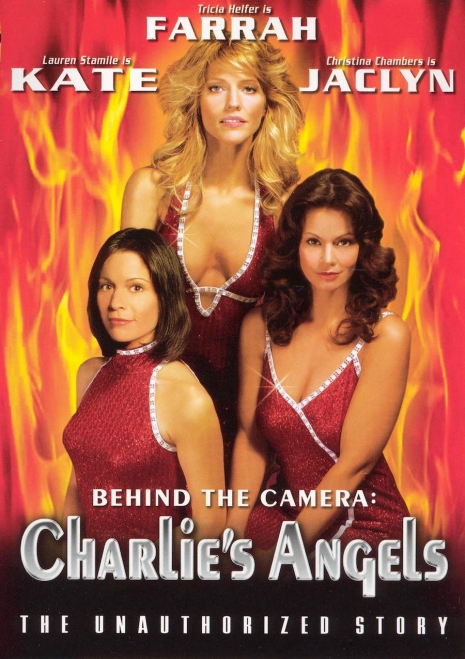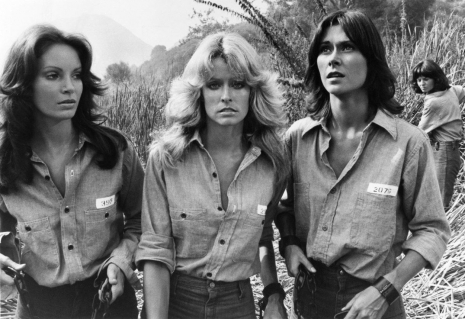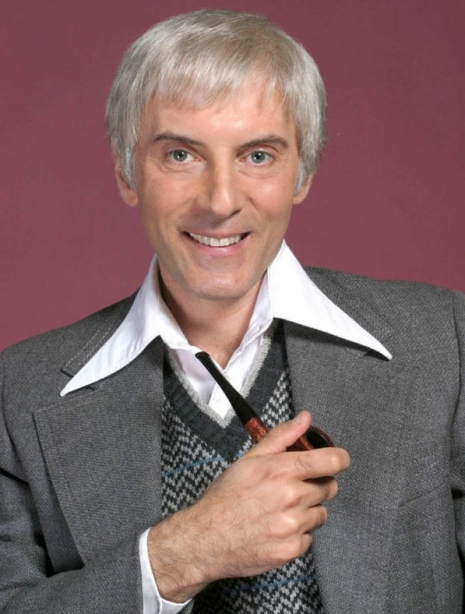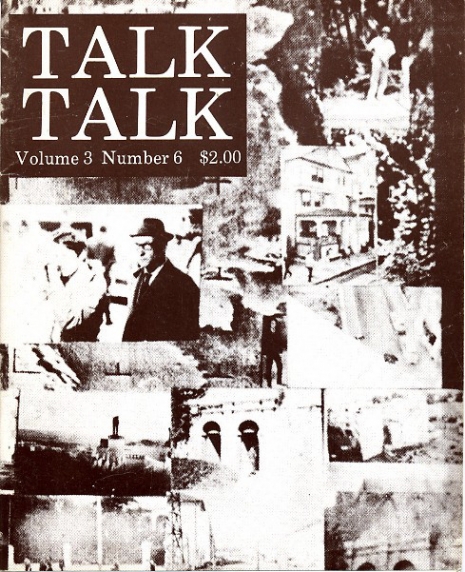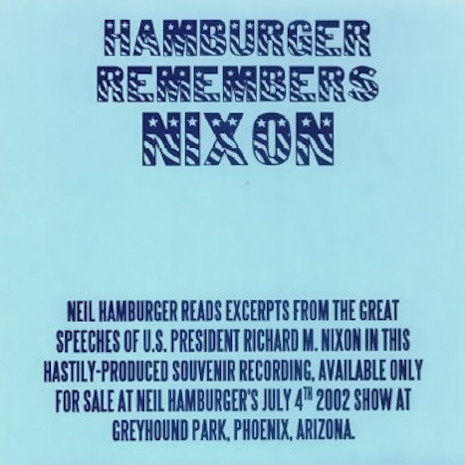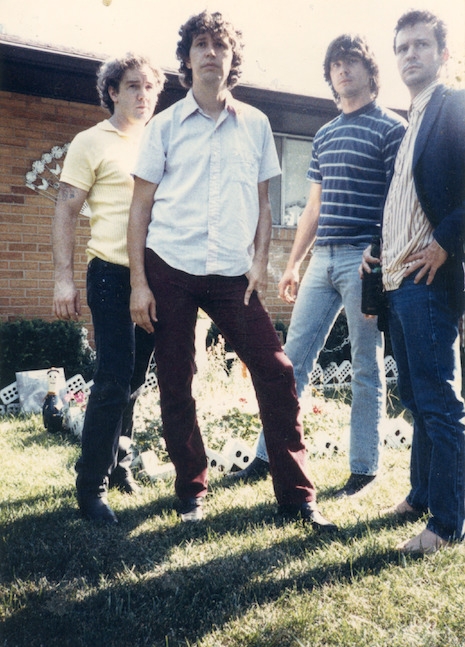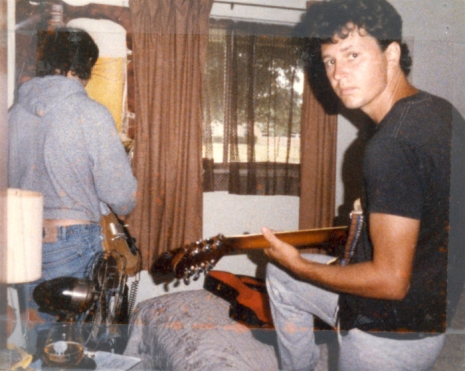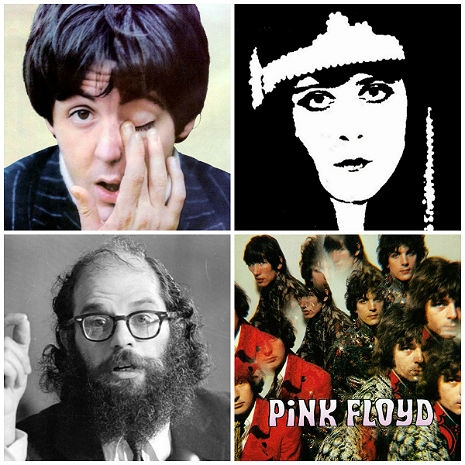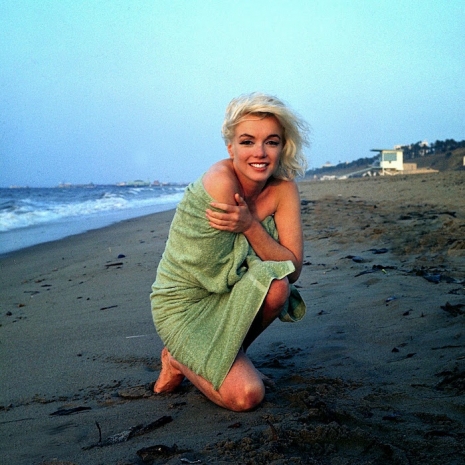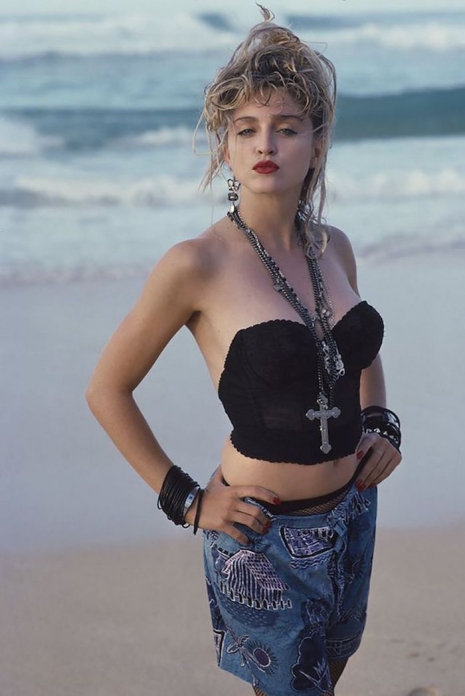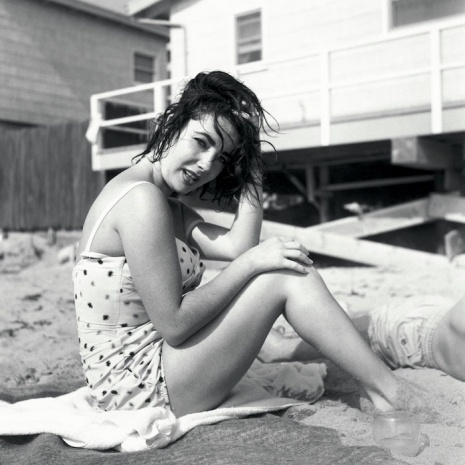
A catchy tune and one of Stephen Gammell’s illustrations from Alvin Schwartz’s trilogy, ‘Scary Stories To Tell in the Dark.’
If you look at the unassuming photo used by publisher Simon and Schuster of illustrator Stephen Gammell, you will, in no way, perceive the smiling, white-bearded and spectacled man was responsible for creating images which have terrorized the minds of children since 1981. But he is, and I hope this helps reinforce the golden rule one should never judge a book (or a person) by their cover. Unless one of those books happens to be Scary Stories To Tell in the Dark. In this case, I’d recommend you let your initial impressions be your guide because Stephen Gammell’s instantly recognizable artwork is as sinister as the tales of terror spun by author Alvin Schwartz within the pages of the three-book-series.
Gammell has led a private life during his career which started in 1972, and is notoriously humble about the impact his insidious illustrations have had on generations of people. Gammell’s father was an art editor for a major magazine and would bring home art supplies for his son to help feed his appetite for art and develop his distinctive, entirely self-taught style. Here’s Gammell expounding on his very early days tapping into his gift growing up in Des Moines, Iowa:
“Some of my earliest and happiest memories are of lying on the floor in our old house in Des Moines, books, and magazines around me, piles of pads and paper, lots of pencils…and drawing. Just drawing! I was four at the time thinking that I really didn’t want to go to school next year…I just want to do THIS.”
As I mentioned, Gammell is a private person and historically has scarcely spoken about his most notorious work with Alvin Schwartz—the word-writing creep behind the trilogy Scary Stories To Tell in the Dark. Starting in 1981, the spine-tingling tales of Scary Stories hit the shelves with Gammell’s terrifying cover artwork. Schwartz’s inspiration for much of the trilogy was found in vintage books archived by the American Folklore Society (housed at the Library of Congress). They were, of course, a runaway hit, especially with kids. And being popular with “impressionable” kids seemed to be the number one reason Gammell and Schwartz collectively became public enemy number one with parents and educators. When Schwartz passed away in 1992, his books were already being submitted to the Office For Intellectual Freedom (OIF) in the hope they would be added to the list of “challenged books” maintained by OIF and eventually banned. Complaints regarding Schwartz’s tales accused the writer of being cool with various nefarious activities including cannibalism, necrophilia, and the occult. An article from 1993 published by the Chicago Tribune notes one particularly angry parent likening Schwartz to the serial killer and actual cannibal Jeffrey Dahmer because of the short story “Wonderful Sausage” where a butcher converts his wife into a bratwurst. Here’s a quote from the article by Sandy Vanderburg, a mother of two, and one of Schwartz and Gammell’s biggest haters:
“If these books were movies, they’d be R-rated because of the graphic violence. There’s no moral to them. The bad guys always win. And they make light of death. There’s a story called `Just Delicious’ about a woman who goes to a mortuary, steals another woman’s liver, and feeds it to her husband. That’s sick.”
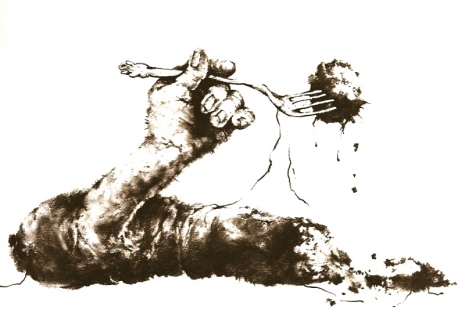
An illustration by Gammell for Schwarzt’s short story “Wonderful Sausage.”
For the love of Sweeny Todd and those meddling kids, Hansel and Gretel, get a fucking GRIP, Sandy. Given the outrage over Scary Stories, it’s important to be clear about the Schwartz/Gammell/Scary Stories success story. As nutty as Schwartz’s fables were, what any “reader” remembers most are Gammell’s illustrations of ghouls materializing through the mist, and unfortunate characters like Harold—the impaled scarecrow. Gammell’s impact on Scary Stories fans was magnified in 2011 on the occasion of the series’ 30th anniversary when Harper’s Collins decided to replace Gammell’s original artwork with toned-down images drawn by artist Brett Helquist. With respect to Helquist, the publishers’ actions made absolutely no sense, seeing that their support of the books never wavered despite consistent, decades-long efforts to have them banned. In 2017 Harper’s came to their senses and re-released the series with all of Gammell’s diabolical illustrations intact.
2012 saw a television adaptation of the books, and in 2017 a documentary on the legacy of Scary Stories was released. In April of this year (2018) director, Guillermo del Toro confirmed he had the backing to make the film version of the trilogy, and plot details of the flick finally were revealed in early August. In addition to his chilling work for Scary Stories, Gammell’s art has appeared in 50 other non-nightmare inducing children’s books, the most recent of which tells the story of a kid who loves mud. Right on.
I’ve posted Gammell’s eerie illustrations below from the Scary Stories series. Maybe keep the lights on until you’ve seen them all (some are slightly NSFW).


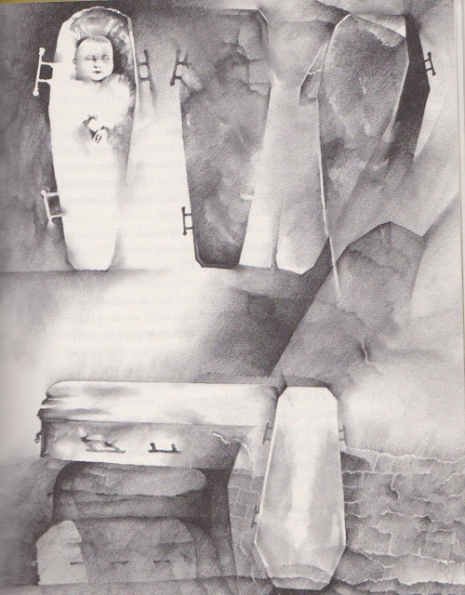
Many more macabre illustrations from Stephen Gammell, after the jump…
